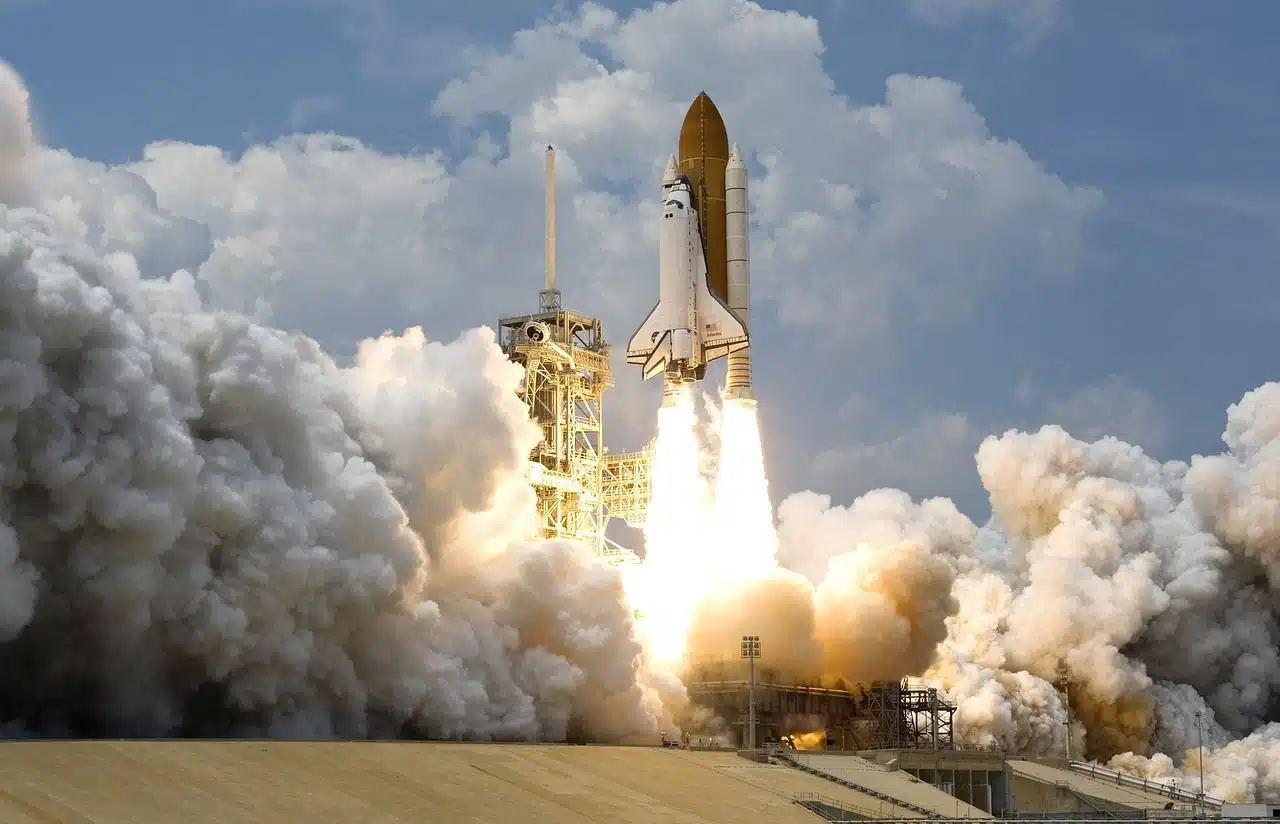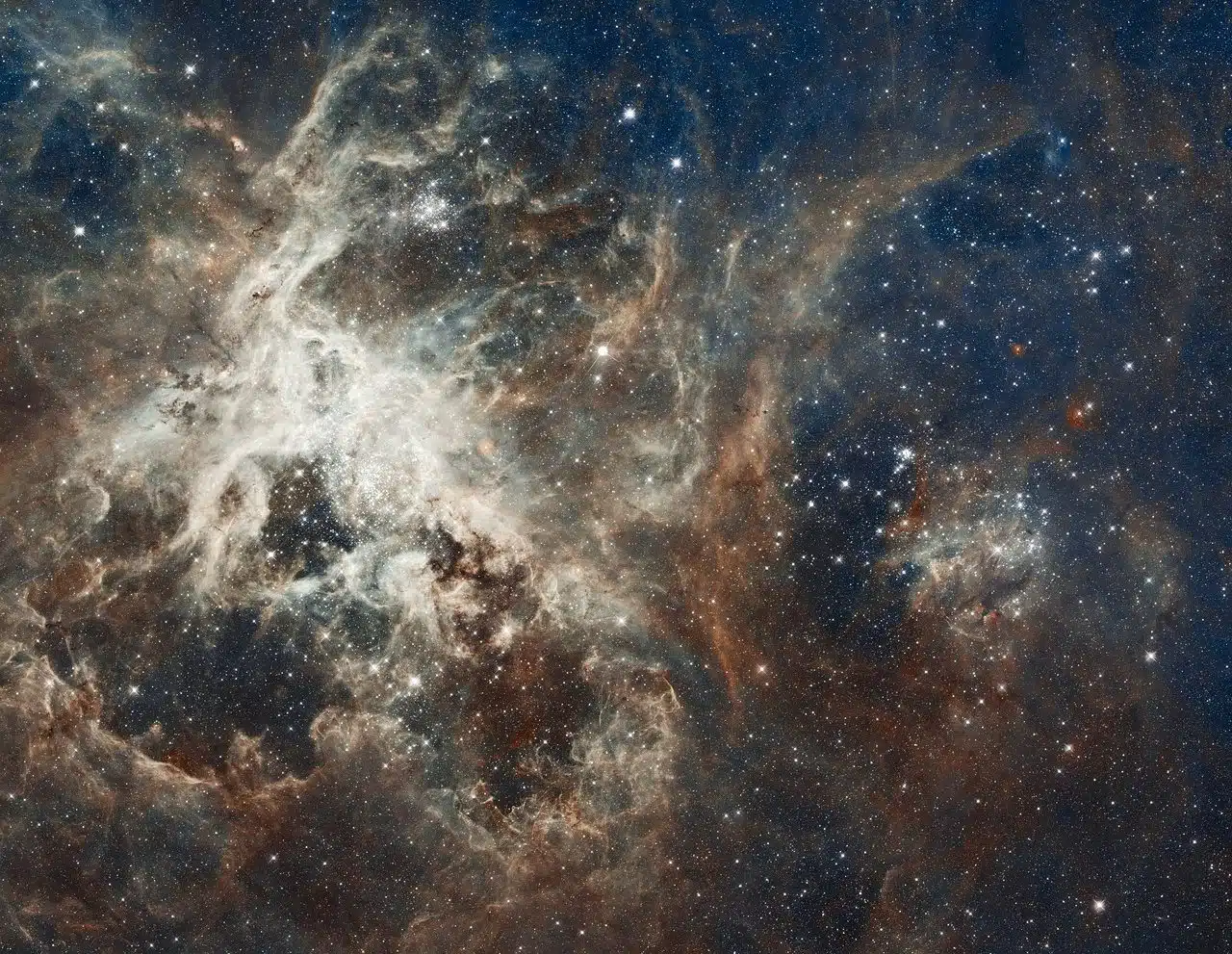
Every NASA space launch usually arouses great interest.
NASA is the United States government agency dedicated to promoting space exploration and aeronautical research . Its founding took place in 1958 by decision of President Dwight Eisenhower .
NASA is the acronym for National Aeronautics and Space Administration . The organization has developed multiple activities in space, highlighting the Apollo mission , which managed to take more than a dozen astronauts to the Moon on different expeditions.
NASA History
The history of NASA formally begins in 1958 , when President Eisenhower proceeded to sign the National Space and Aeronautics Act that established the creation of the agency. However, the entity has a more distant history since it absorbed the NACA ( National Advisory Committee for Aeronautics , or National Advisory Committee for Aeronautics in our language).
The NACA was born in 1915 with the objective of promoting research in aeronautical topics. In the 1950s , the committee had set the goal of launching an artificial satellite , an achievement first achieved by the Union of Soviet Socialist Republics ( USSR ) with Sputnik 1 in October 1957 .
Faced with this situation, and with the intention of challenging the Soviets for leadership in technological and scientific development, Eisenhower chose to establish a new organization focused on non-military space activities. This is how NASA emerged, which took over all of NACA 's employees and resources. In parallel, the US authorities launched the DARPA ( Defense Advanced Research Projects Agency ) , focused on research into technologies for military use.
The highest position at NASA is that of administrator , who also serves as senior advisor on space science to the North American president. The administrator is nominated by the president and his candidacy must be approved by the Senate .
T. Keith Glennan was the first person to hold this position. As of May 3, 2021 , the administrator of NASA is Bill Nelson .

NASA's Discovery program was born in 1992 for the exploration of the Solar System.
Your facilities
NASA has various research centers and infrastructure that allow it to develop its missions. The John F. Kennedy Space Center , known in our language as Kennedy Space Center , is located in Cape Canaveral ( Florida ). Space vehicles are built there and launches were also developed.
The Lyndon B. Johnson Space Center , for its part, is located in Houston ( Texas ). This entity is responsible for the coordination and control of manned flights and also assumes the direction of the activities of the International Space Station ( ISS ).
The Marshall Space Flight Center ( Marshall Space Flight Center ), the Goddard Space Flight Center ( Goddard Space Flight Center ) and the Jet Propulsion Laboratory ( JPL ) are other facilities that allow NASA to carry out around twenty missions. simultaneously, counting on some 18,000 employees who are experts in astronomy , astrophysics and other specialties.

Space weather is one of the topics studied by NASA.
NASA Milestones
NASA has achieved numerous milestones throughout its history. The most significant was the landing of man on the Moon as part of the Apollo program, which began in the mid- 1960s .
Apollo completed work on the Mercury program, which managed to put an American into orbit for the first time ( John Glenn ). After several missions, with successes and failures, Apollo 11 was finally able to land on the moon in the Sea of Tranquility . Neil Armstrong then became the first human being to walk on the satellite , followed by Buzz Aldrin . Michael Collins , for his part, remained in the command module.
After five other Apollo missions they managed to move their space rocket to the Moon , with Harrison Schmitt being the last man – for the moment – to set foot on the satellite. This astronaut was part of Apollo 17 at the end of 1972 .
In 1977 , on the other hand, the Voyager 1 and 2 probes were positioned with another of NASA 's great advances. It should be noted that a space probe is a device that, once it is sent to outer space, allows us to analyze planets, stars, asteroids, comets and other bodies in the solar system .
In the case of the Voyagers , which are still operational, they became the artifact created by humans that went the furthest, reaching interstellar space . Among other advances, these probes took highly detailed images of the satellites of Saturn and Jupiter .
The launch into orbit of the Hubble Space Telescope in 1990 , the Spitzer Space Telescope in 2003 and the James Webb Space Telescope in 2021 , as well as the Chandra X-ray Observatory ( Chandra X-ray Observatory ) and the Compton Gamma Ray Observatory ( Compton Gamma Ray Observatory ) are also part of NASA 's richer history.
The exploration of Mars
As it moves forward with research into the Milky Way and other galaxies, observing Earth from space , and more topics, one of NASA 's goals is to expand exploration of Mars .
To this end, in 1993 the Mars Exploration Program was launched, analyzing everything from the possibilities of Martian life to the planet's resources through the use of rovers, landers and other equipment.
The Mars 2020 mission, for example, landed the Perseverance rover on Mars in 2021 . The ExoMars mission (collaboration with ESA ), meanwhile, is working to search for traces of life on the red planet.
Link of interest:
History of Mars exploration (European Space Agency)
